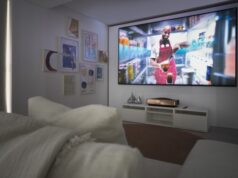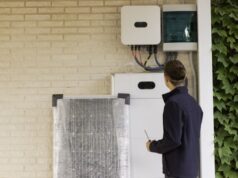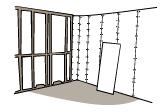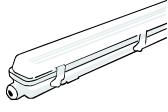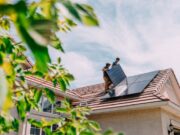Wall framing and materials
Learn about how different types of walls and floor materials (like SIPS, or suspended concrete slabs, for example) may lead to different demands in...
Outdoor fittings and cabling
Electrical systems installed outside may be exposed to the elements, so it's vital that appropriately weatherproofed equipment is used. Find out what the law...
Safety switch laws and requirements
The law in Australia now requires that all homes be fitted with safety switches (also called residual current devices or RCDs). Learn more about...
Rebates for solar panels
Upgrading to a solar panel system isn't just good for the environment—it's good for your wallet too. With various government rebates available, now's the perfect time to make the switch.
Safety certificates for electrical work
For all work done by an electrician in Australia, you should obtain an electrical compliance certificate. Find out what a compliance certificate is, how...
Single phase vs three phase
If you're renovating or building a home, understanding the difference between single-phase and three-phase power can save you from headaches down the track. The power supply you choose will affect the types of appliances you can install, how efficiently your home runs and whether your electrical system will handle future upgrades like electric vehicle chargers or ducted air conditioning.
Appliance testing and tagging
Under certain circumstances, portable appliances in homes need to be tested and tagged to ensure that they don't pose an electrical safety risk. Find...
Height and position of power points
Power points might not be the most exciting part of a renovation, but get them wrong and you’ll quickly notice, especially when you’re struggling to plug in your vacuum, or running extension cords across the kitchen. Whether you’re renovating a single room or your entire home, planning the height and location of your power outlets is essential for safety, compliance, and day-to-day convenience.
Fuses, circuit breakers and safety switches
Fuses, circuit breakers and safety switches all offer very different levels of protection and safety. See how they differ, and find out how to...
When do I need an electrician?
Installation work? Maintenance work? Need something replaced or upgraded? Find out what kinds of work electricians do, and when you need to call one.
Electrical...


